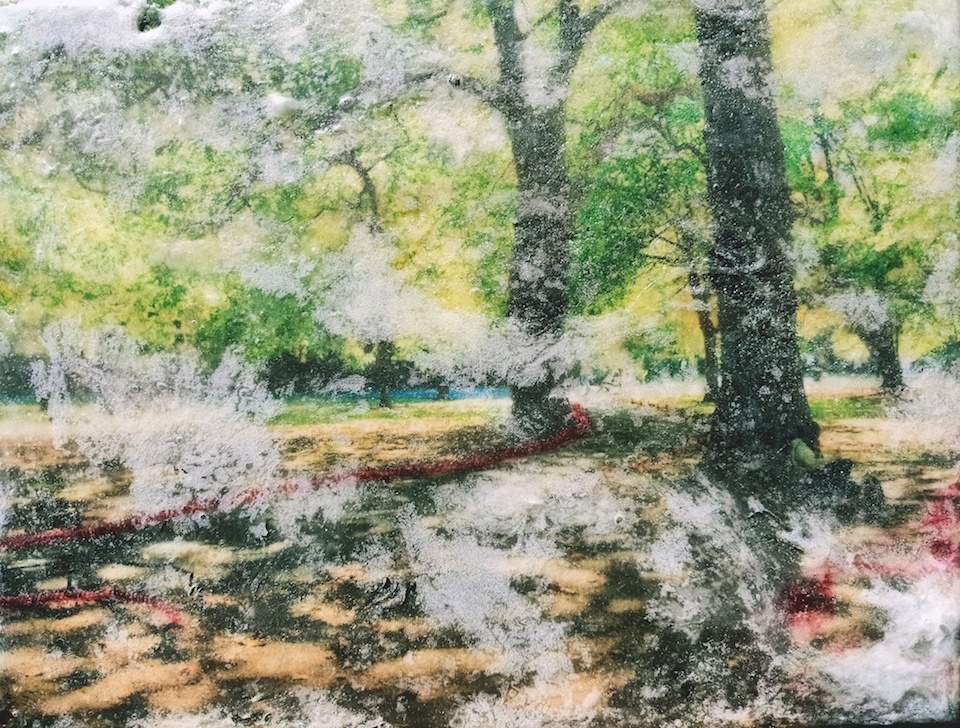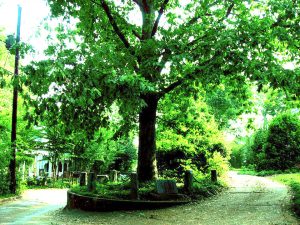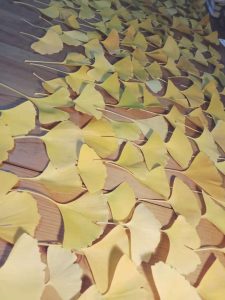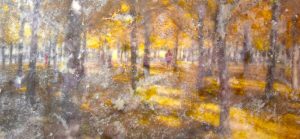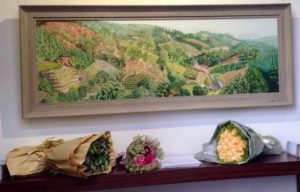
“The Memory Palace of Trees’ project has some wind in its sails with this week’s story. Delighted to have forest expert Anna Finke reveal her quirky side.
The world sometimes seems full of chains holding you down. Obligations, goals, commitments, even dreams – sometimes life seems like an eternal wheel spinning ever faster, spinning you along. Everything you do ought to have a purpose, ought to make good use of your time. Even your free time shall be designed perfectly – the right balance between working on projects, yourself, being social, “making progress” on something.
Climbing trees is none of those things. It serves no purpose. Yet, when you only climb upwards and don’t look back there is nothing more purposeful. Your body is doing something it’s inherently been designed to do, you connect with a part of yourself you forgot you had. When your hands touch that first branch then remember lessons you were never taught. They force you to confront a part of yourself you pushed aside a long time ago, buried along with the other useless things.
But it’s not just the climbing. Once arrived, there is the being. Similar to climbing, being in a tree serves no purpose, either. Even worse, there is no goal, nothing to be towards. So you stay. You feel the wood underneath your hands, observe the world around you. Slow down. And from that point of stillness, that point of purposelessness a new understanding emerges: watching the world from up there, perceiving the world the way a being that is born and dies there does, teaches you fundamental lessons. Moving forward, getting somewhere, doing something are not the only modes of living. Being is a mode. Observing is a mode. In the void that the lack of action leaves, the world has a chance to fill you with its knowledge. Because here is the thing: the world, nature, only whispers its lessons. If we humans only march on to the cacophony of noise our race produces, we will ultimately miss out on the millions of other voices, of other ways of being.
So go climb a tree. Not to get somewhere or to do something, but the opposite: to stand still and listen to the song of the trees. It’s a quiet melody, but a beautiful one.
Anna Finke.
Anna Finke is a Project Manager working at the Asia-Pacific Network for Sustainable Forest Management and Rehabilitation (APFNet) in Beijing since 2017. For her work she travels to forests all over Asia, working with different partners to restore or sustainably manage forests in those regions. Before working at APFNet, she graduated with a Master of Forestry from the Yale School of Forestry and Environmental Studies in 2016 and a Bachelor in International Forest Ecosystem Management from Germany in 2012.
Climbing trees is actually not her job but has become somewhat of a hobby over the past years and now no tree is safe from her.
Memory Palace of Trees 2020 is an ecological art practice which invites your participation to tell a story (or give some kind of information) about trees. It is a social enquiry of how to live better with the planet and with people by simply sharing stories. You are cordially invited to tell me your story of a tree or trees. (email : niamh@niamhcunningham.com) I would love to hear from you. Throughout 2020 a story will be posted with either an artwork already made or perhaps your story will inspire me to make a new work!




